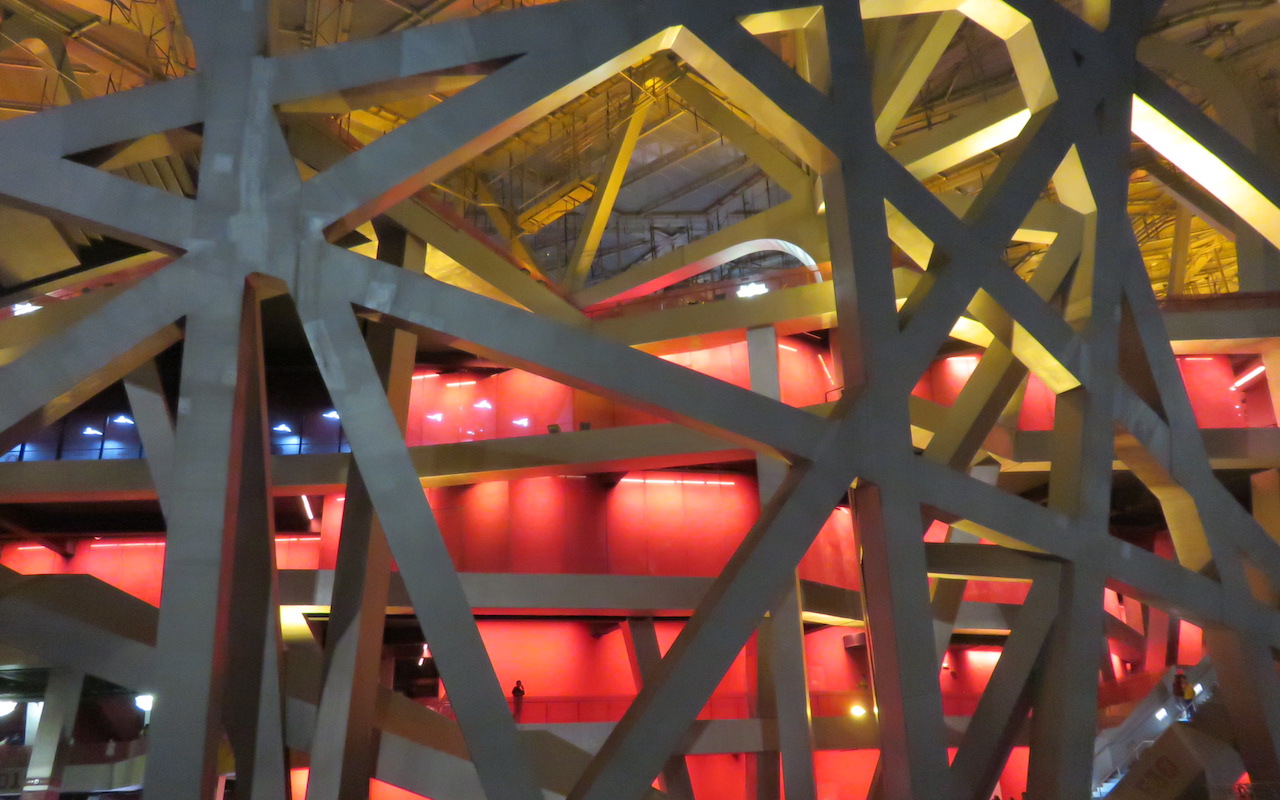
The Water Cube, where Michael Phelps won eight gold medals, was repurposed after the Games, serving variously as a public swimming centre, an entertainment venue and a water park. As with the Bird’s Nest, sophisticated lighting means it looks best at night.
Several of the venues built for 2008 will be used for the Winter Olympics. The Bird’s Nest will host the opening and closing ceremonies – it will be fascinating to see how they try to top the 2008 opening extravaganza with its cast of 15,000. There were 2,008 drummers alone. Film director Danny Boyle studied the Beijing ceremony closely while planning the London 2012 opener. He discovered that the vast number of performers in the Bird’s Nest meant that they had to wear nappies during rehearsals, as toilet breaks would have slowed proceedings down too much.

The Water Cube will adopt another new incarnation at the Winter Olympics as the curling venue – the installation of an ice rink has inspired the nickname the Ice Cube. Alpine skiing, the main attraction at any Winter Games, will take place 90 miles away at the town of Zhangshanying. Competitors will zip over artificial snow – the real stuff rarely falls in this part of the world. Researchers have raised safety and environmental concerns about the reliance on fake snow.
China has little history or tradition as a winter sports nation – the ski centre and other facilities at Zhangshanying such as the bobsleigh and luge track have had to be specially built. When we lived in Beijing youngsters were being encouraged to take up skiing as the government tried to whip up enthusiasm for the forthcoming Games.







